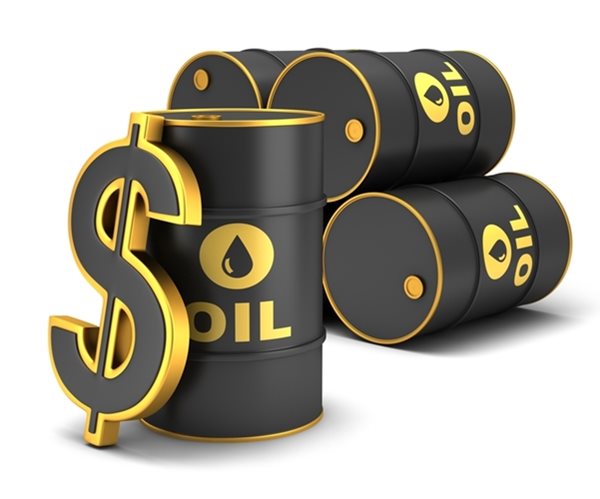
(PAMACC News) – Balozi Dena may have felt helpless in stopping land encroachment that has stalked poor villages in coastal Kenya for the last 68 years of his life. But he is keen on leaving a legacy: protection of indigenous plants.
The elder from Ukunda village in Kwale, has been working with community conservation groups like Coastal Forest Conservation Unit (CFCU) to prevent the destruction of Kaya forests. He is not sure if he is winning.
“It is difficult,” says the father of six. “Most parts of the forests have already been grabbed. Attempting to remove the occupants can sometimes lead to bloodshed.”
During his youth, the Kaya forests – which were thick belts of lowland woodland – surrounded villages and were believed to be sacred by the Mijikenda community.
Cutting trees for timber, grazing of livestock and clearing of farmland were strictly prohibited, he says.
“The forests were places where individuals facing problems in their daily lives could go and seek help by praying there,” he says.
They had another purpose, which is keeping him vigilant lately: medicinal plants.
Studies show that Kenya’s coastal province is endowed with more than half of known rare tree species and shrubs in the country.
But their sacred and medicinal value may remain etched in the memories of a gone generation, if the continued encroachment for property development is not stopped.
“It is the tourism obsession,” argues Dena. “Permanent buildings now stand where forests once flourished.”
That may appear so to Dena.
But a status report on Kenyan forests by the 2016 Kenya Water Towers Agency report lists charcoal burning, logging and illegal harvesting of unique plant species as some of the leading threats facing the country’s ecosystem.
For instance, by the time the report was being released, Kenya had less than 3.5 per cent of gazetted forest.
In 1990, there were 4,670,866 hectares of forest cover while in 2000, the figure reduced to 3,492,358 hectares.
“This destruction of forests can be blamed on the failure by the government to separate community land from public land,” argues Mohamed Swazuri, chairman of Kenya’s National Land Commission.
The price for such anomaly is high: loss of indigenous knowledge stored by rare plants, according to Kamau Ngugi, the executive director, National Coalition of Human Rights Defenders.
“The government should learn how to tap traditional knowledge held by communities living around forests in order to conserve our plant genetic wealth,” says Kamau. “That is a very critical knowledge that we are losing as a society.”
Dena seems to agree. And if his bet is right this time, he just might be getting there.
A botanical garden at the Jomo Kenyatta University of Agriculture and Technology (JKUAT) is working with communities like Dena’s, to conserve plant genetic wealth threatened by forest encroachment.
“It is a project between the government of the Peoples Republic of China and the government of the Republic of Kenya,” says Prof. Robert Gituru, the founding Director, Sino Africa Joint Research Center SAJOREC, which hosts the garden.
Established in 2014 by Kenyan and Chinese scientists, the garden invites communities to take unique and endangered plants in the country for conservation at the facility.
These include indigenous, medicinal and rare plants found in Kenya, says Prof. Gituru, adding that:
“By conserving them at the garden, they are studied to understand their unique traits like growth, adaptability, economic and genetic characteristics.”
This information is then shared with the public to help them convert the skills into conserving the plants at their natural habitats in future, he added.
“A scientist has to go to the field because that is where there is biodiversity,” says Prof. Gituru. “But having a botanical garden near a study facility is important because this is where one can make references and records.”
According to him, the facility will help Kenya tap indigenous knowledge and make advances in medical research.
“Majority of Kenyans and the rest of Africa depend to a large extent on herbal medicine,” he says. “Our plants are a living pharmacy. When someone chooses to use it to cure illnesses, it is in order.”
According to the genetic resources research institute at the Kenya Agricultural and Livestock Research Organization (KARLO), Kenya had over 7,500 plant species growing naturally by 2015.
Meanwhile, Dena says an initiative like the botanical garden may hold the answer to protecting Kenya’s plant genetic wealth and indigenous knowledge.
“But such gardens should be established in all parts of the country to ensure that communities can easily access them without traveling long distances,” says Dena.
This work was produced as a result of a grant provided by the Africa-China Reporting Project managed by the Journalism Department of the University of the Witwatersrand.













Comments 1